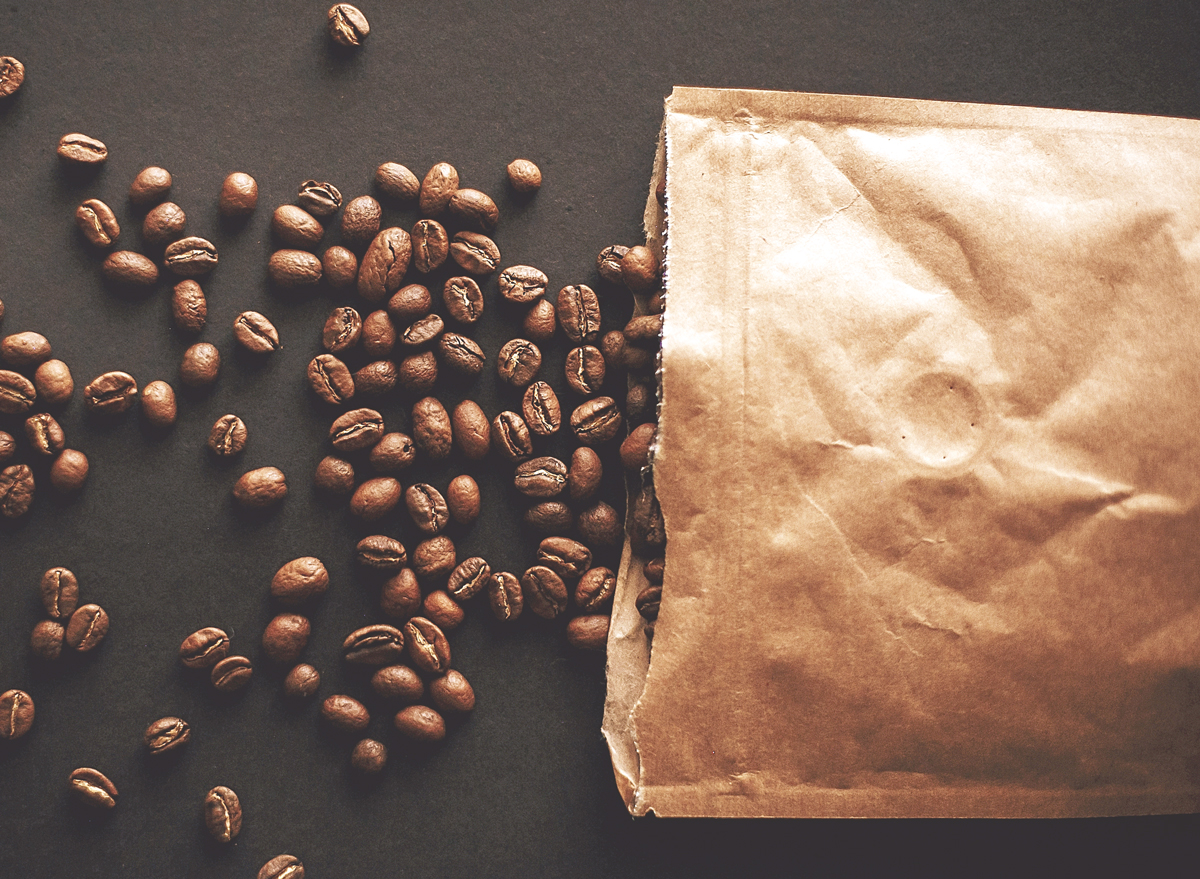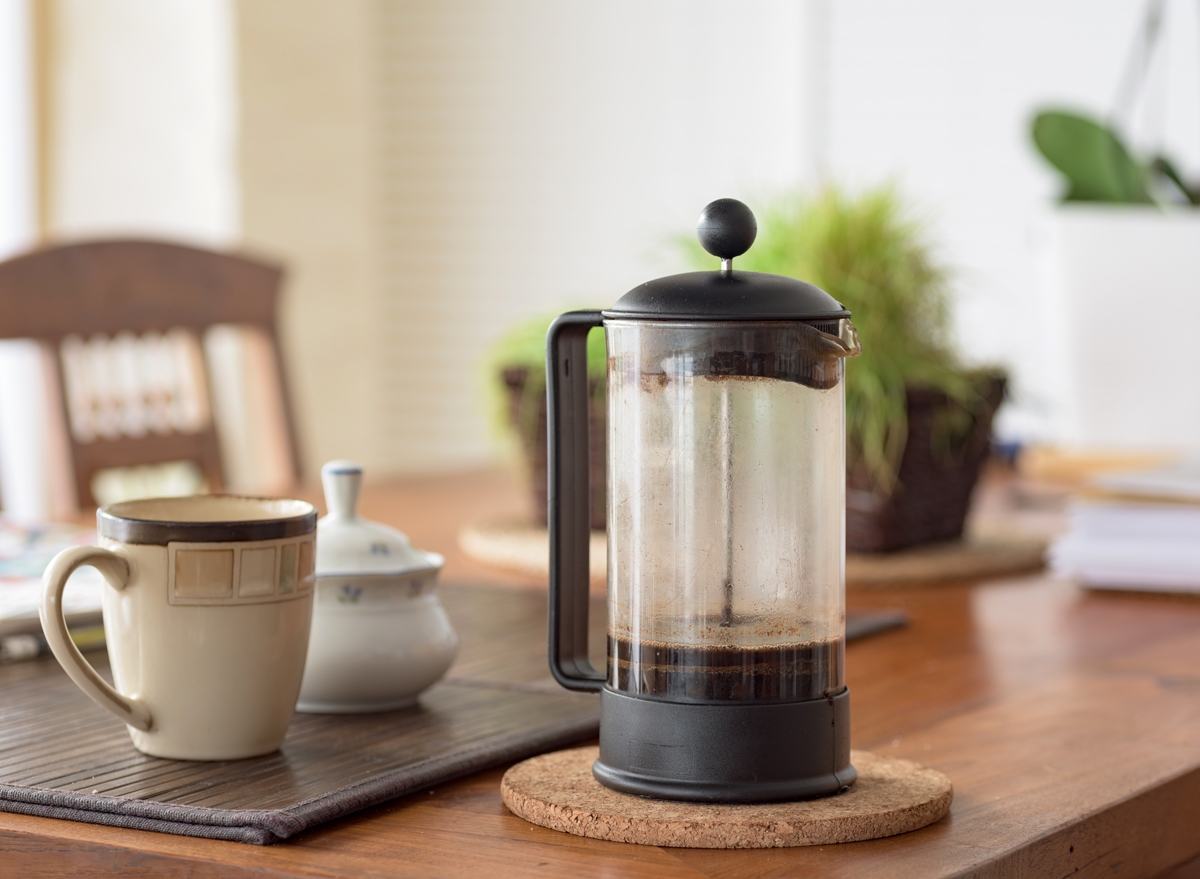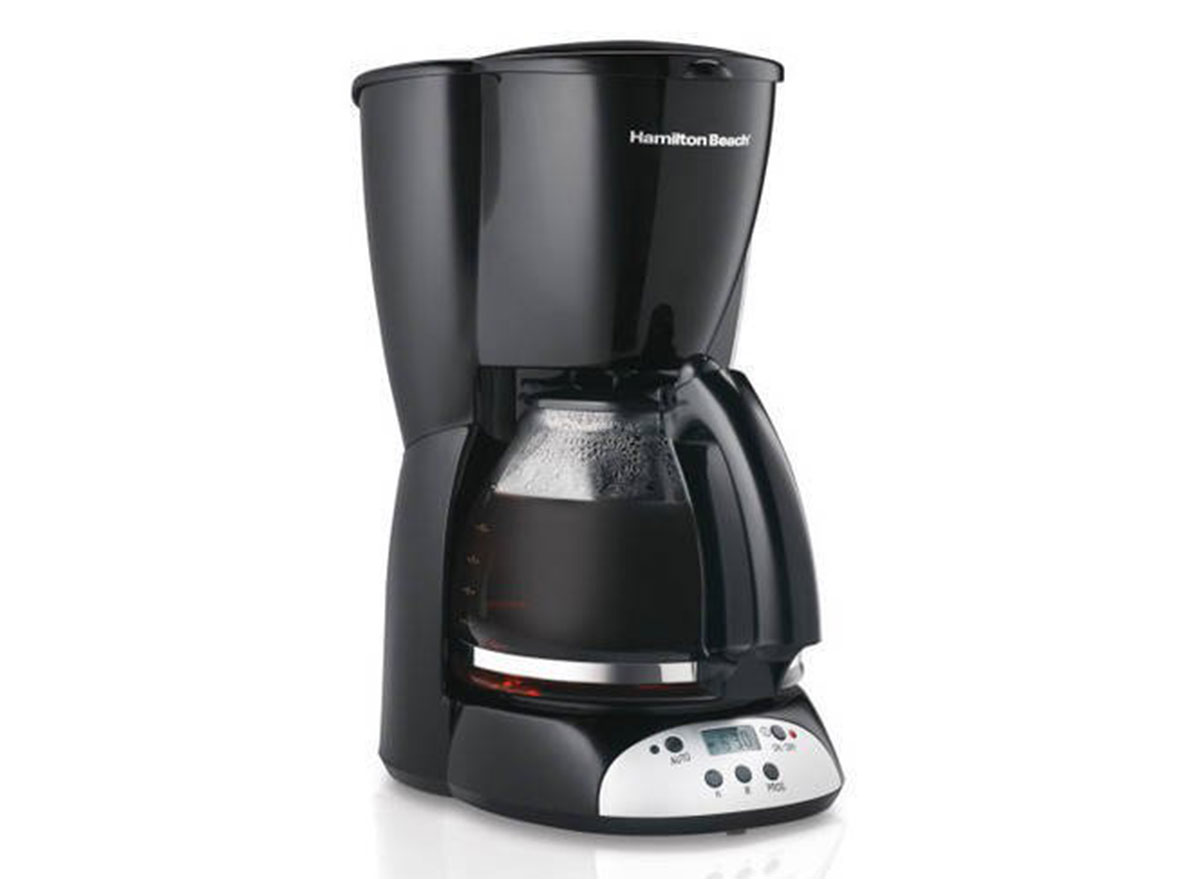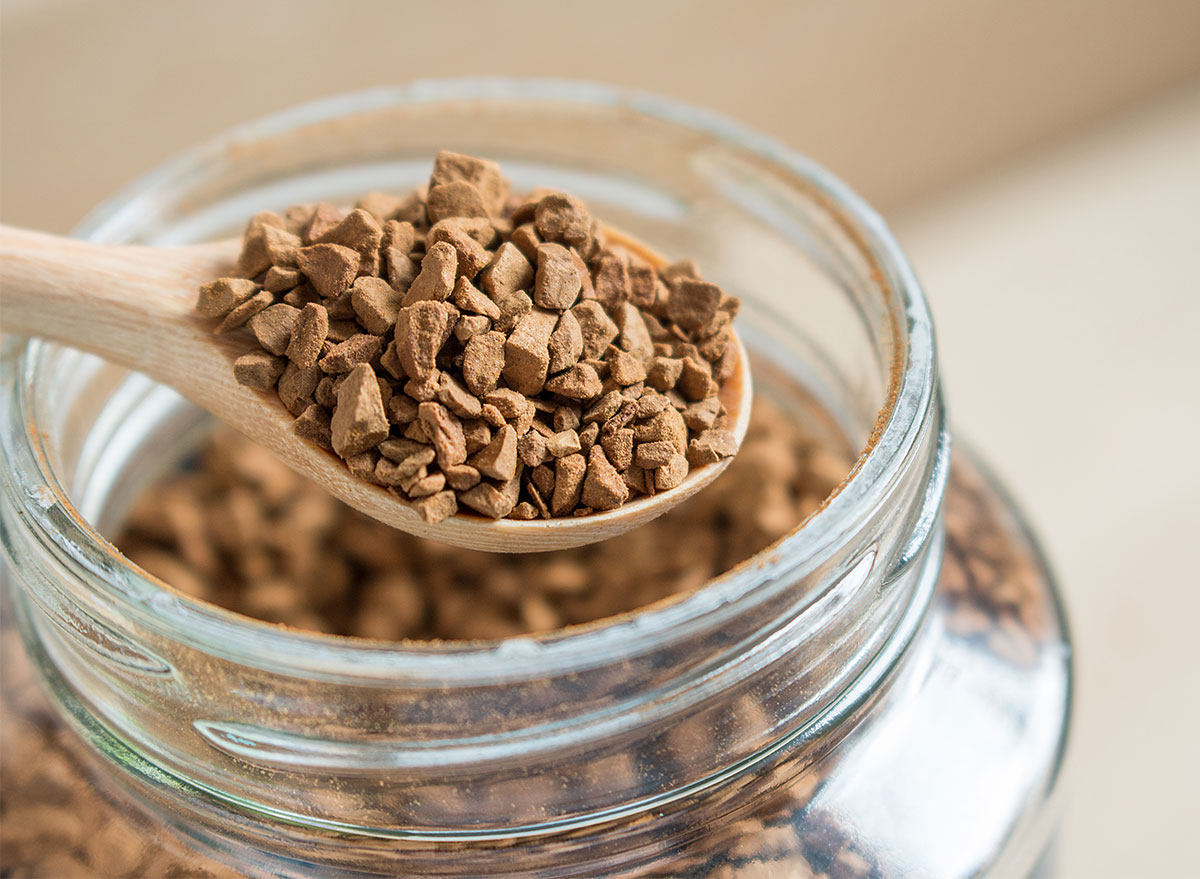These Are the Worst Types of Coffee for Your Heart Health, Science Says

If you’re reading this while you’re sipping a coffee, here’s something to make you think: A new study has assessed the blood lipid levels of individuals, depending on their amount of daily coffee intake. It turns out that certain patterns of coffee consumption—and certain coffee orders—have cardiovascular consequences that may make you want to examine the way you take that brew.
Australia may have given us the flat white as a beverage, but researchers there are also serving up important new insights about how coffee affects our chances to get heart disease. Elina Hyppönen, Ph.D., is a researcher in nutrition and epidemiological health and director of the Australian Centre for Precision Health at the University of South Australia. Hyppönen and her colleague Ang Zhou, Ph.D., recently completed a study published in the journal Clinical Nutrition that was the first genetic study of its kind.
The researchers looked at genetic associations between coffee intake and the cholesterols and fats in the blood, using data from nearly 363,000 participants. They found that habitual coffee consumption contributes to an adverse lipid profile—that is, higher fat levels in the blood—which can increase an individual’s risk of heart disease. However, there were a few particular coffees—and coffee amounts—that put individuals most at risk.
It starts with cafestol.

Cafestol may be a new term for some coffee drinkers, but the researchers explained why it matters: Coffee beans contain cafestol, which is a highly potent cholesterol-elevating compound.
Cafestol is found in some of the most popular coffee drinks today.

The scientists also revealed that cafestol is mainly present in unfiltered brews, “such as French press, Turkish and Greek coffees.” This goes for percolators and the beloved Italian moka pot, too. Tough news for some coffee drinkers who have gotten more experimental with their coffee drinks since the start of the pandemic, which has been a big trend.
RELATED: The One Hack Everyone Is Trying With Coffee Grounds
Espresso has cafestol, too.

Yes, unfortunately, the researchers inform us that cafestol is also in espresso drinks, including the timeless cappuccino and that iced brown sugar oat milk shaken espresso that keeps selling out at Starbucks.
There’s good news for that good old coffee maker.

While many households have shifted away from the electric coffee maker a lot of us grew up with in our kitchens, the researchers consider an old-fashioned brew to be “filtered.” This classic is a sure thing, because, as they stated, “there is no, or very little cafestol” in filtered coffee. (And yes, the pour-over fits this category, too.)
Instant coffee is also a safer bet.

The researchers also gave a nod to instant coffee—another filtered type. “With respect to effects on lipids,” they reported, “those are good coffee choices.”
But don’t dump that drip just yet.

While this study opens our eyes to some of the cautions about coffee, the researchers also found that there was a particular amount of coffee that puts individuals at greatest danger for heart disease—they reported: “Six or more cups a day can increase the amount of lipids (fats) in your blood to significantly heighten your risk of cardiovascular disease (CVD).” So if you’re heading toward your sixth, it may be time to give that coffee a rest.
Evidence shows your body knows best.

In another recent (and fascinating) study, Hypönnen and her team found that our biology helps us feel how much caffeine is safe for our bodies.
Sign up for the Eat This, Not That! newsletter for the nutrition news you need each day.